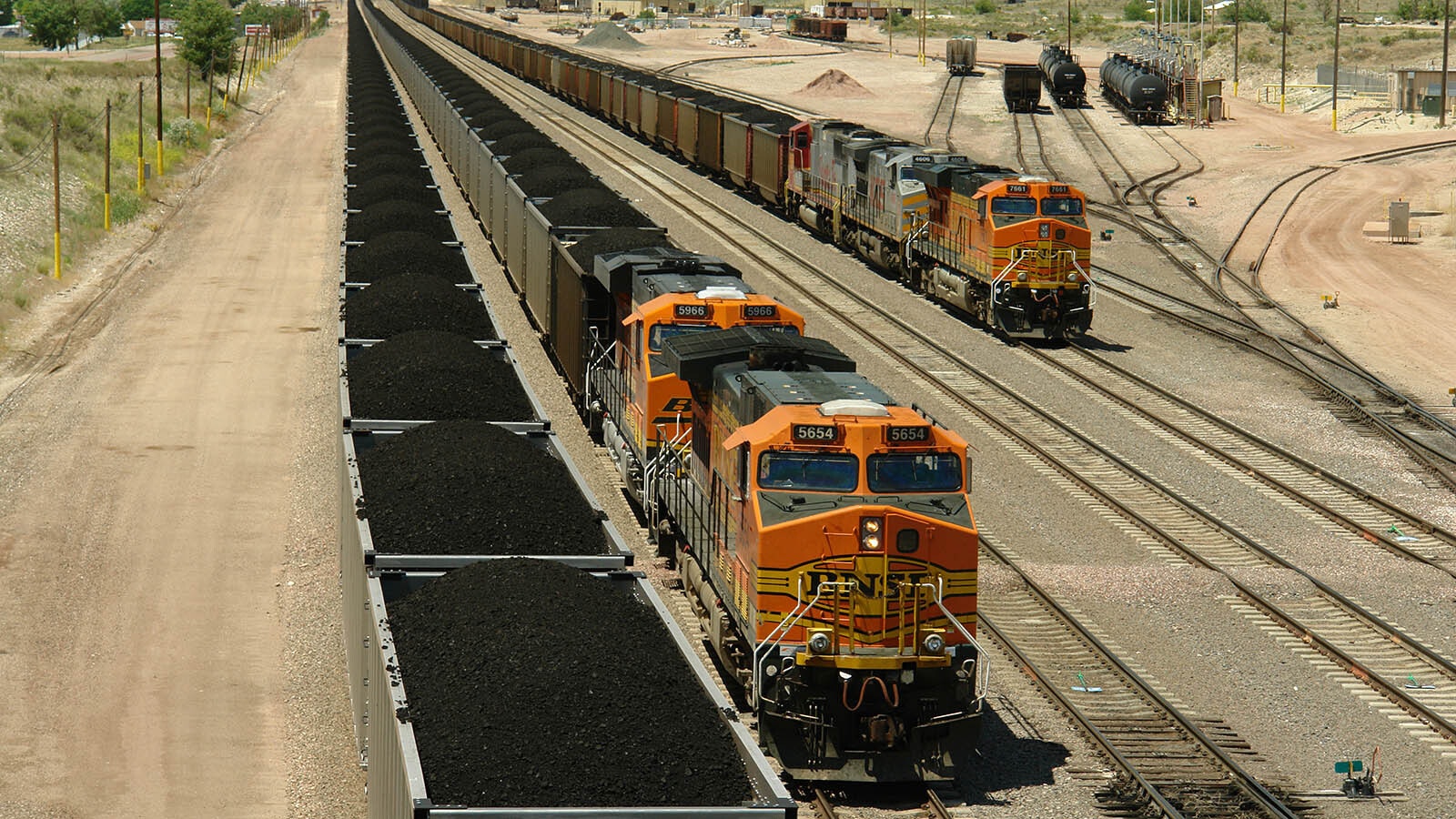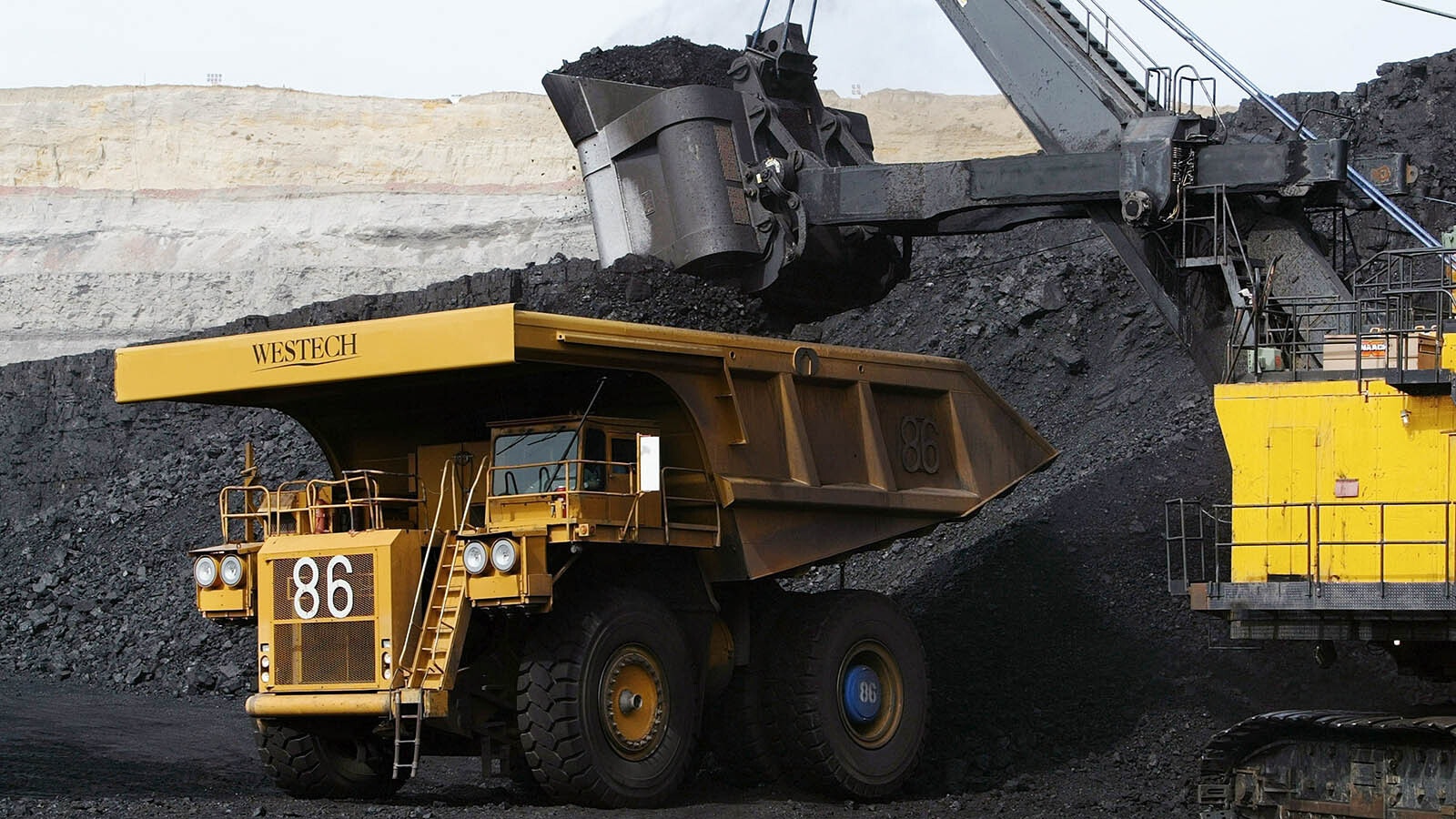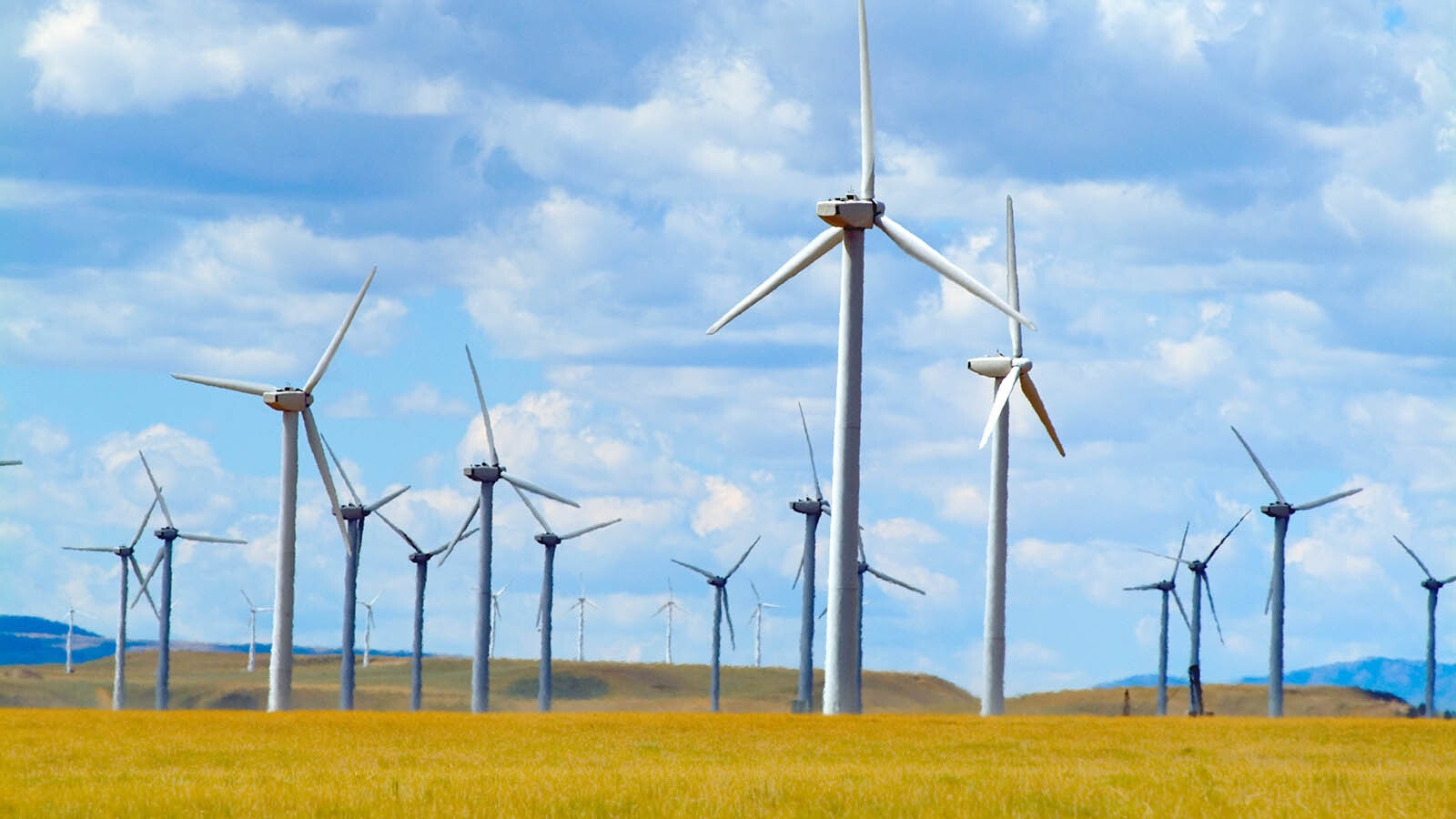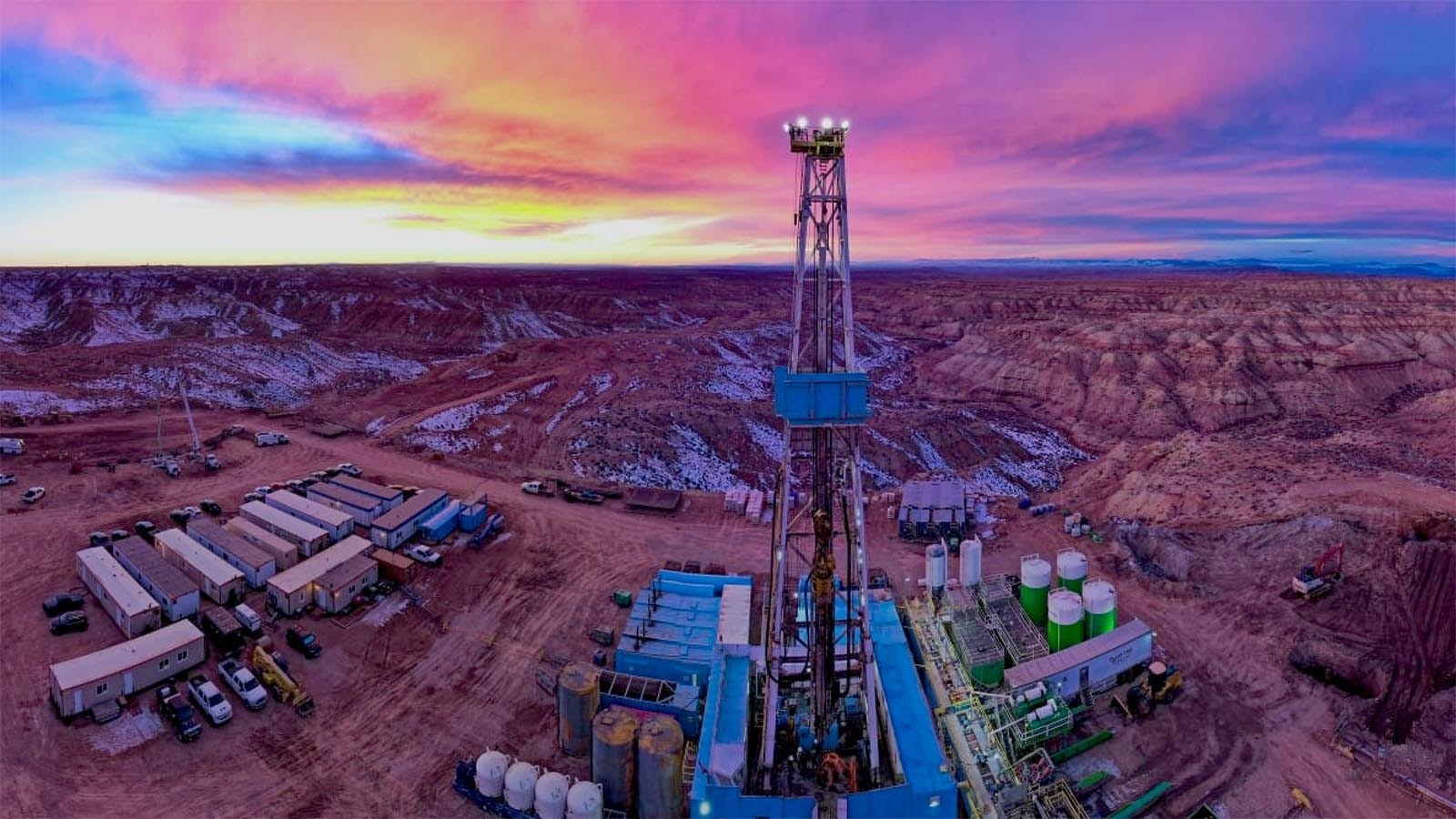While there’s no shortage of people and entities challenging wind energy projects across Wyoming, you won’t find many Cowboy State ranchers among them. But more conflicts could arise with grazing on public lands as more turbines are approved and built.
Mark Eisele has a 15-year history of ranching around wind turbines at his 25,000-acre King Ranch Co. just outside Cheyenne. He said in all that time, he’s had no conflicts between his cattle and the wind operations.
Conflicts between ranchers and energy producers over the availability of grazing on federal lands could arise as more turbines occupy those acres.
“That’s probably the biggest drawback I see at this point in time,” Eisele said.
Animal Units
The Bureau of Land Management manages grazing on 155 million acres of public lands across the United States, including issuing permits and leases to ranchers. Those grazing allowances are measured in animal unit months (AUM). For example, a cow and calf grazing on a piece of land for a month counts as one AUM. In fiscal year 2019, the BLM authorized about 950,000 AUMs in Wyoming.
The BLM uses a process to determine every year how many AUMs are available, and priority for the permits go to previous permit holders. A new rancher wanting to graze animals on federal land would need to buy a permit from an existing permit holder.
“It’s not like you can walk in tomorrow (and) there’s some AUMs available on the shelf of anything,” said Jim Magagna, president of the Wyoming Stockgrowers Association.
Impacts ‘Economies And Entire Families’
Eisele said the potential impacts of wind farms on grazing happen during the construction period, when disturbing the land minimizes grazing availability on federal land. During those times, it can be difficult for permittees to find alternative areas to graze their livestock.
“You got local economies and entire families that are dependent on that grazing,” Eisele said.
Eislele explained that the BLM is a revenue-generating entity for the federal government, which means there’s more it considers than just grazing permits.
“They manage lands, but they also manage it for the benefit of the feds,” Eisele said.
The revenue streams include oil and gas leases, wind generation and other mineral leasing. That means grazing leases will sometimes lose out to those other competing uses of public land, Eisele said.
“So we have to make sure that we have a good relationship with the BLM and that they’re willing to mitigate that,” Eisele said.
Benefits
When it comes to wind energy on ranchers’ private land, Eisele said, the landowners have a lot of say in everything about a project, including payments for lost grazing during construction.
The payments he received from the wind company helped him enlarge the ranch and bring his adult children back to live and work there. He also was able to do a lot of improvements, such as install pipelines.
The ranch is able to rotate grazing so some parts are allowed to grow, which has improved the wildlife on the ranch. And he said he’s never had to restrict hunting because of the wind turbines.
Eisele said he’s never had any impact on his cattle, either. Offspring are healthy, and the wind towers provide shade. During the summer, his livestock will follow the shadows as they move across the ground and will gather on the opposite side from the winds during winter.
“I have never seen any detriment to the livestock,” Eisele said about grazing on a working wind farm.
He’s a champion of the industry and wrote an editorial that published in the Idaho Capital Sun this week discouraging opposition to a wind project in Idaho’s Magic Valley.
“I hope local elected leaders in the Magic Valley will give it a fair shake and not cave into fear-mongering,” Eisele wrote.
Fencing And Wildlife
Wind Power Co. of Wyoming is developing a 600-turbine wind farm west of Cheyenne on 1,500 acres of a 320,000-acre ranch owned and operated by an affiliate. The area is a “checkerboard” of private and BLM lands.
Kara Choquette, a PCW spokesperson, said ranching operations are going to continue through the construction and operation of the project for a multi-use, integrated operation.
“I wanted to give a shout-out to the ranch folks, because they have certainly been working very closely with PCW on all of the various conservation things we’ve been doing to help improve the habitat across the ranch, even before the project was even under construction,” Choquette said.
This includes determining when and where fences can be removed to mitigate impacts to wildlife. Some fences are going to be replaced with wildlife-friendly fencing that has colored markers that make them more visible to wildlife.
“That’s really important for a lot of species. But in our case, we really looked at it for sage grouse,” Choquette said.
The ditches and roads used for the construction are being reclaimed and covered with native grasses. Choquette said cattle sometimes prefer reclaimed vegetation.
“There’s some new and delicious things for them to enjoy,” she said.
Some roads are kept and maintained, but Choquette said that gives ranchers improved access to herds.
“That’s one of the things we liked about wind. It’s very compatible with multiple uses,” Choquette said.





